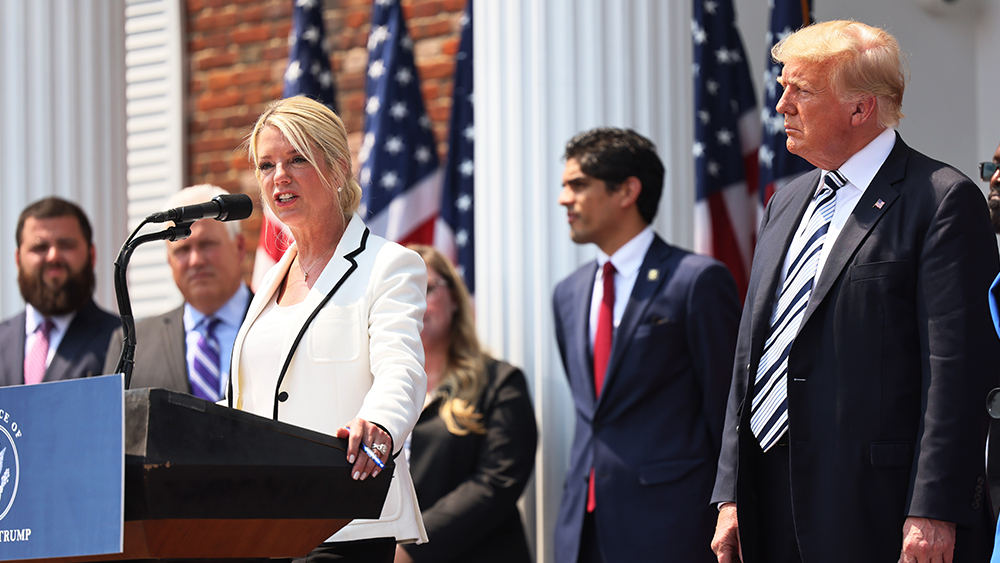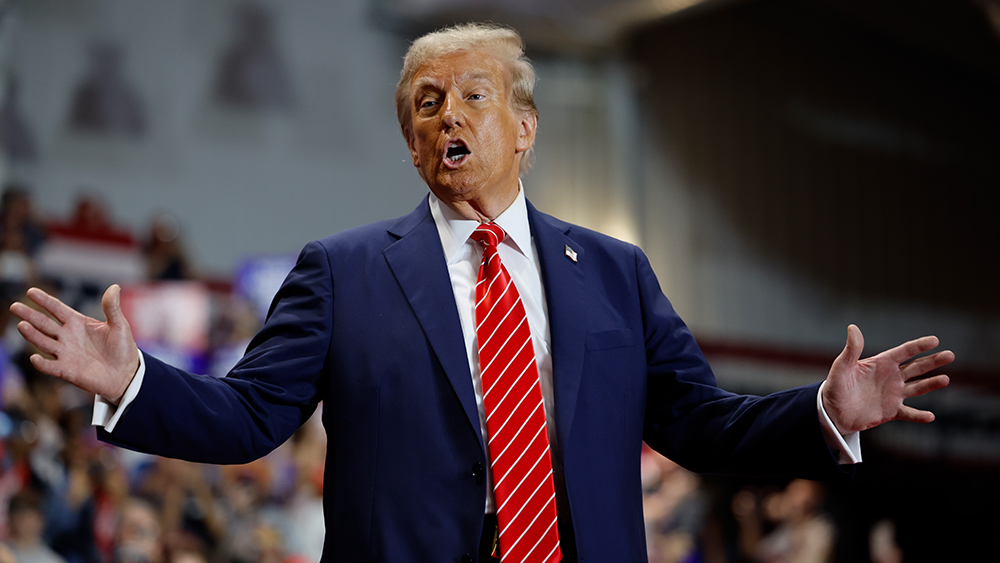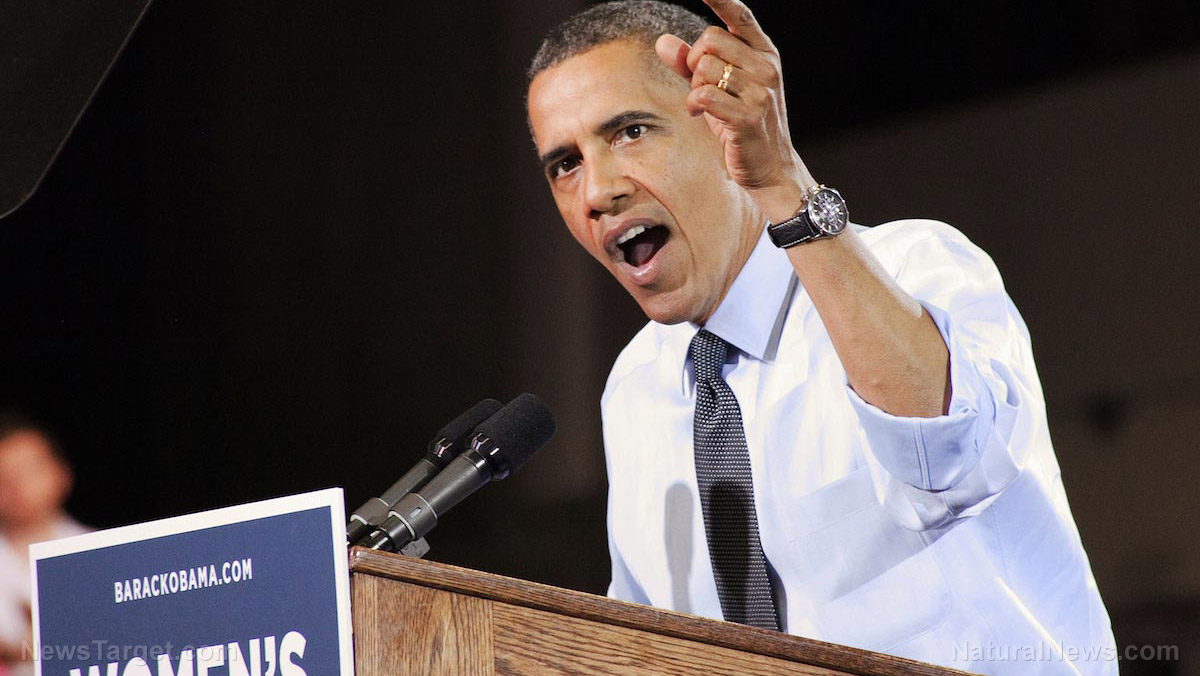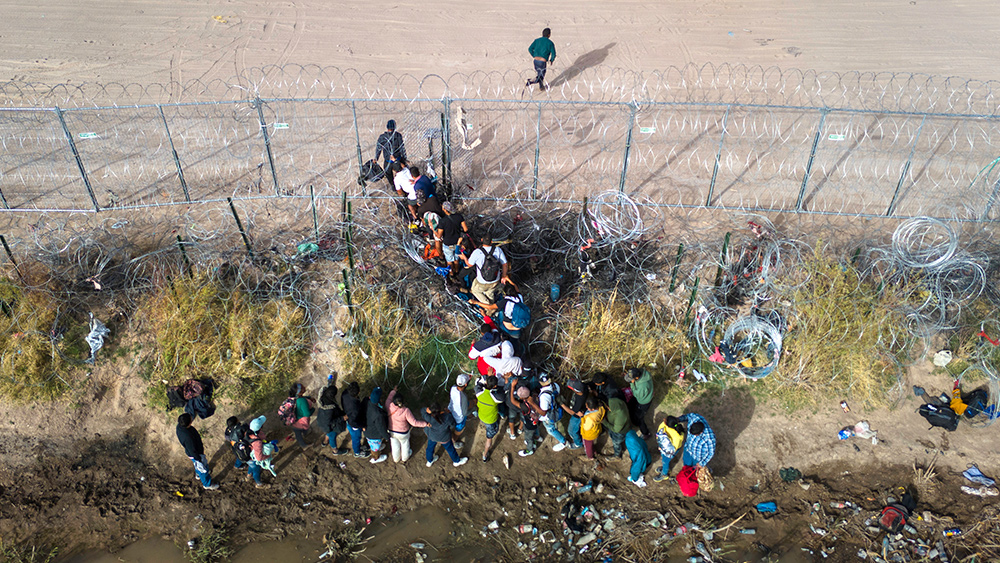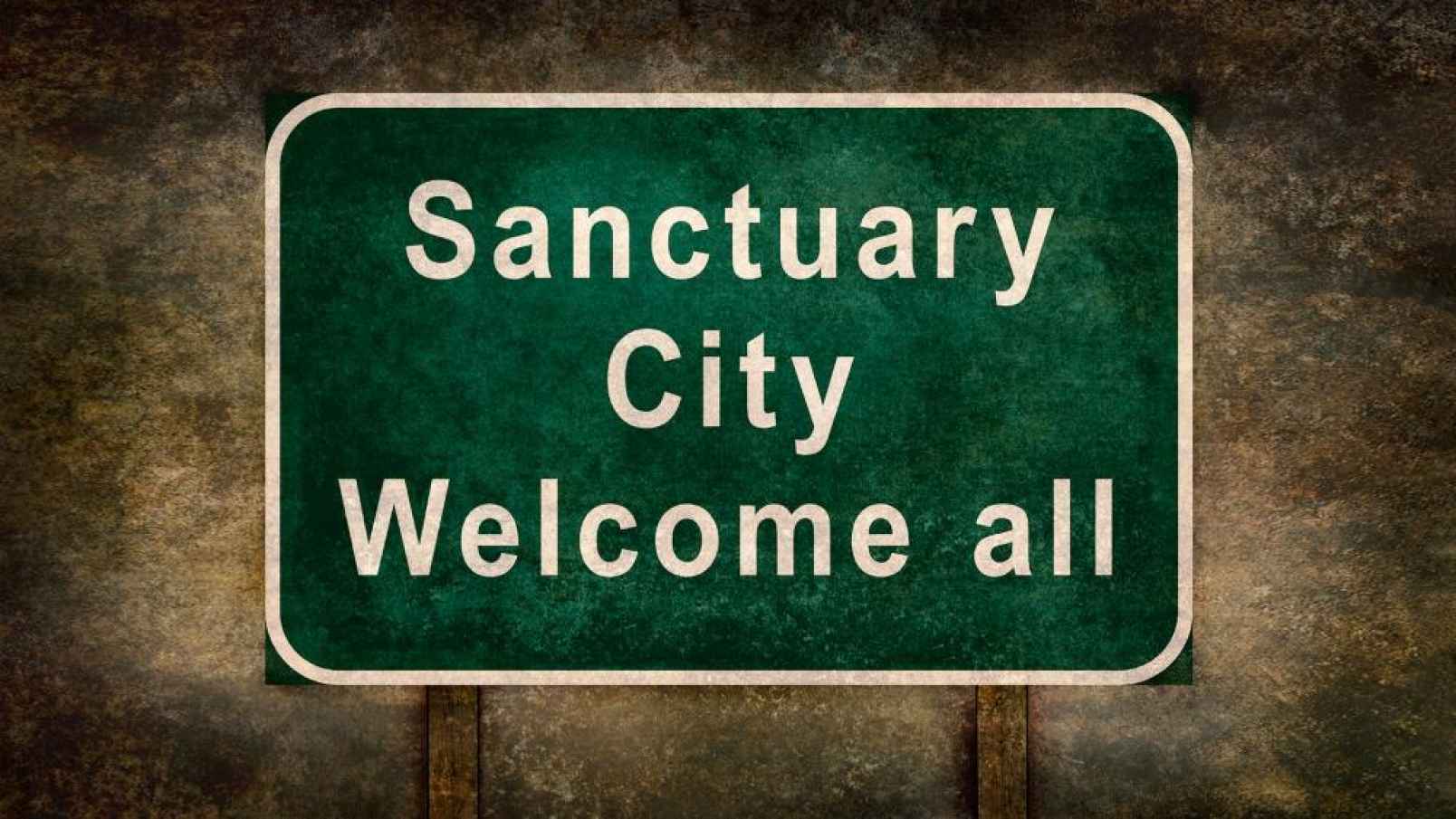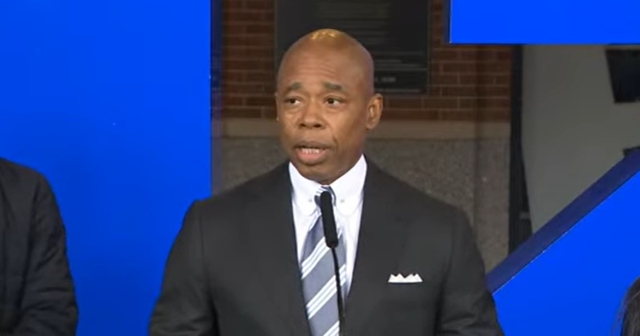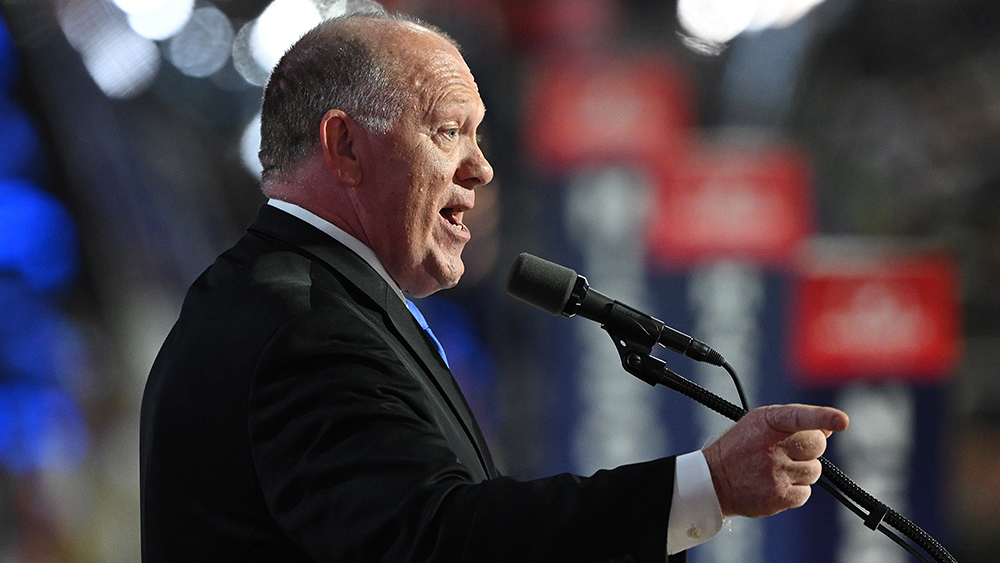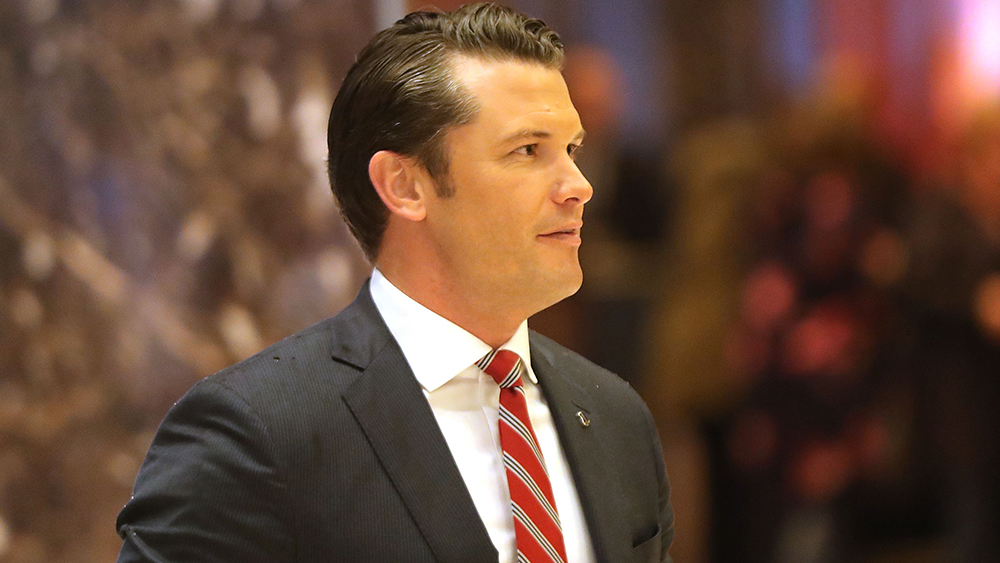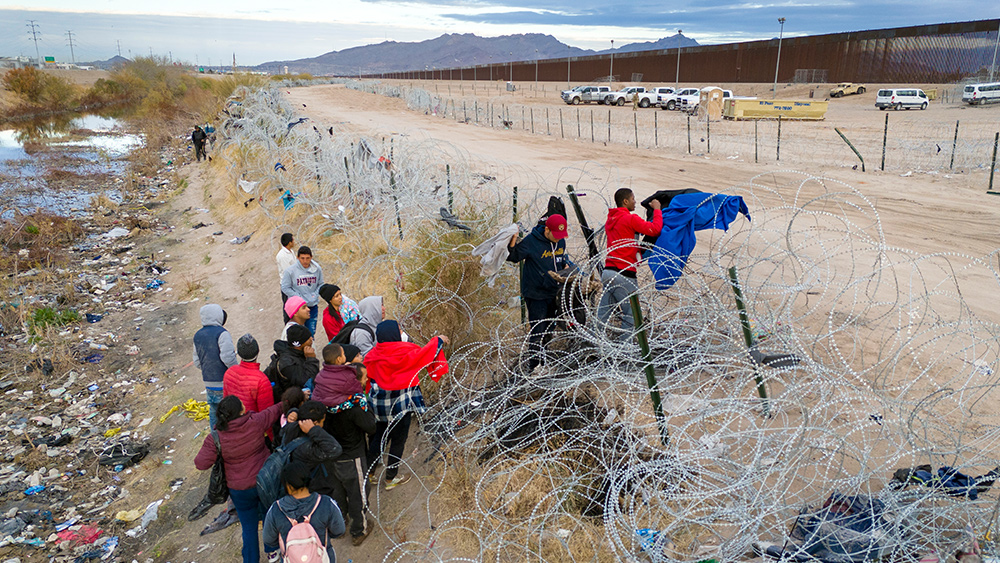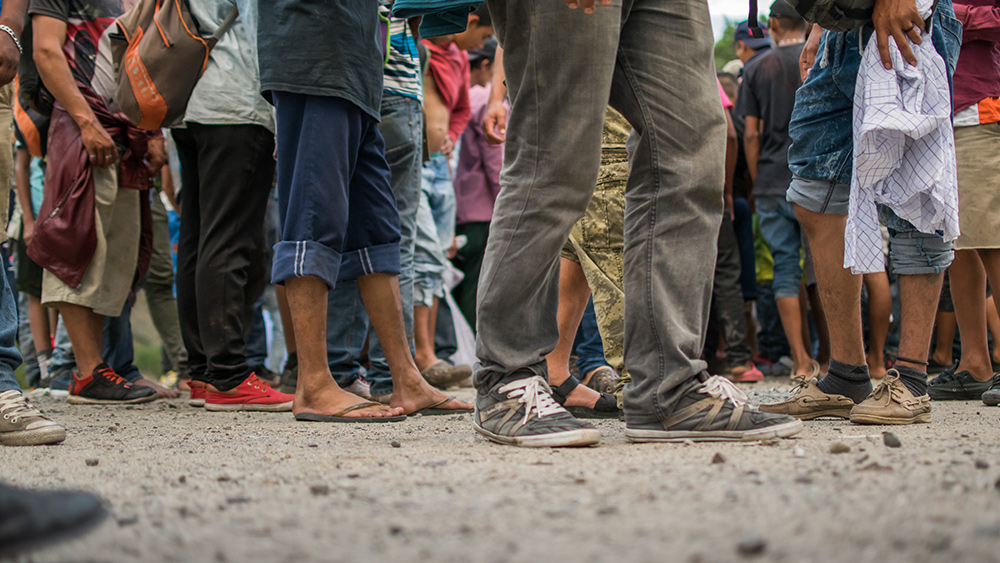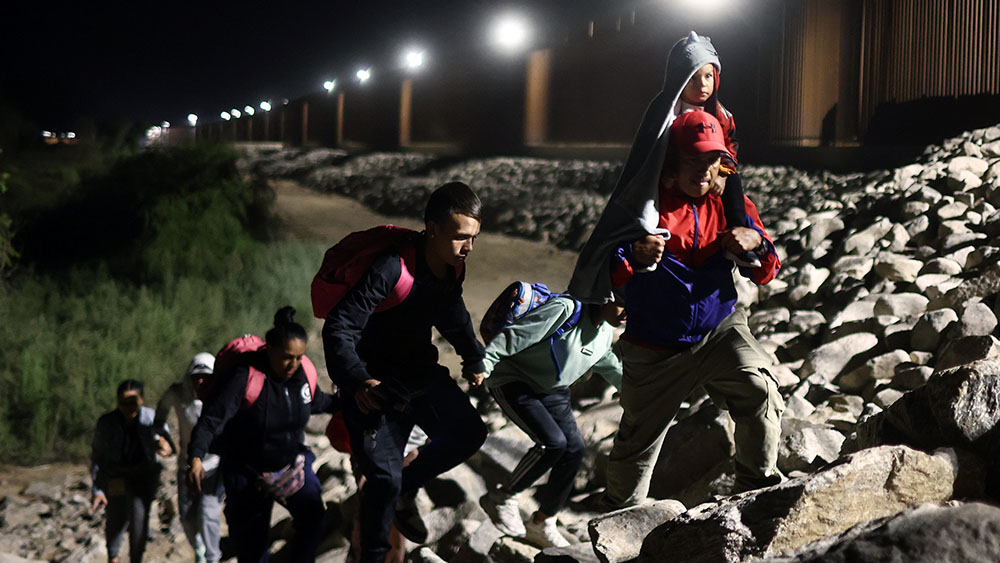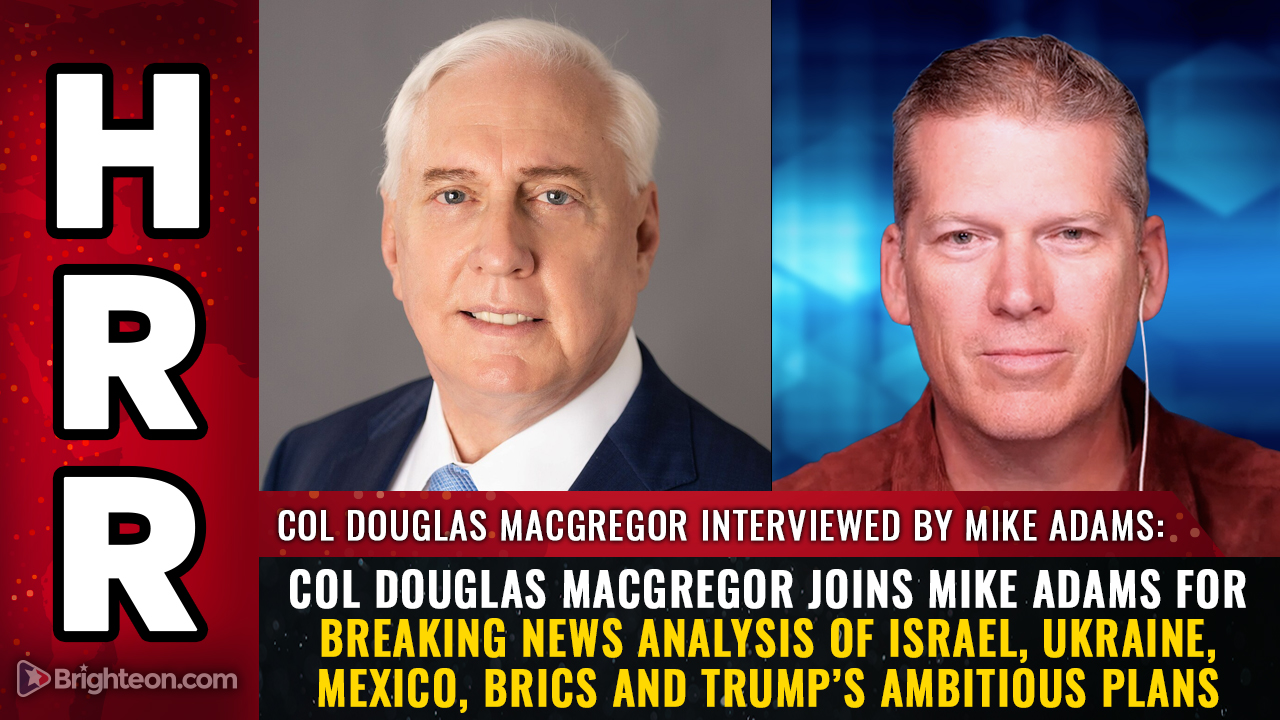Trump’s bold plan: Military deployment and mass deportations to secure the border
01/16/2025 / By Willow Tohi
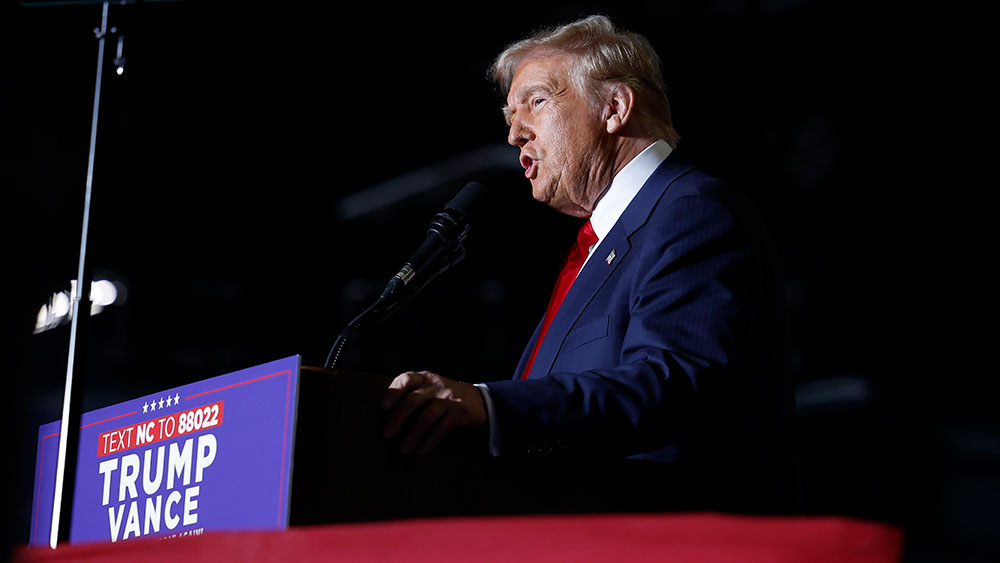
- Trump plans to use the U.S. military to support mass deportation efforts, potentially involving the National Guard and relocating military personnel to the U.S.-Mexico border. This approach, while unprecedented, may raise constitutional concerns.
- Estimates suggest that deporting approximately 11 million unauthorized immigrants could cost nearly a trillion dollars over a decade, including expenses for detention, transportation, and legal proceedings. The plan could also disrupt key industries and strain the economy.
- Trump’s deportation plan is part of a broader crackdown on both legal and illegal immigration. The administration has appointed immigration hardliners to key positions and prioritizes the deportation of criminals and national security threats.
- Trump’s immigration policies have sparked intense debate, with supporters arguing for law and order, and opponents warning of inhumane practices, economic devastation, and legal challenges.
- While Trump’s administration has outlined an ambitious vision for immigration reform, the practical and political hurdles of implementing such sweeping policies are immense. The battle over immigration reform remains a contentious issue.
President-elect Donald Trump is doubling down on his campaign promises to secure the U.S. border and crack down on illegal immigration, with plans to declare a national emergency and deploy military assets to carry out mass deportations. This aggressive strategy, which Trump has described as necessary to combat what he calls an “invasion” of the country, marks a significant escalation in his immigration policy and has sparked intense debate about its feasibility, legality and economic impact.
Military mobilization for border control
Trump has confirmed his intention to use the U.S. military to the fullest extent of the law to support his mass deportation efforts. In an interview with TIME magazine, Trump stated, “I consider it an invasion of our country. We’ll get National Guard, and we’ll go as far as I’m allowed to go, according to the laws of our country.” This plan includes mobilizing National Guard troops and potentially relocating thousands of military personnel from overseas to the U.S.-Mexico border.
While the military has historically been used in a support role at the border – such as assisting with infrastructure and logistics – Trump’s proposal to involve troops in deportation operations represents a dramatic shift. According to Tom Homan, Trump’s incoming “border czar,” the Department of Defense (DOD) would provide critical support in areas like transportation, intelligence and infrastructure, while sworn immigration officers would handle arrests.
However, experts warn that using the military for domestic law enforcement could raise constitutional and practical concerns. The Posse Comitatus Act generally prohibits the use of the military for civilian law enforcement, though Trump has argued that the scale of illegal immigration justifies an exception.
Cost of mass deportations
Trump’s deportation plan is not just ambitious – it’s expensive. Estimates from the American Immigration Council suggest that removing the estimated 11 million unauthorized immigrants in the U.S. could cost nearly a trillion dollars over a decade. This staggering figure includes expenses for detention, transportation and legal proceedings, as well as the logistical challenges of coordinating such a massive operation.
The economic impact of mass deportations could extend far beyond the direct costs. Industries reliant on immigrant labor, particularly agriculture, could face severe disruptions. Manuel Cunha Jr., president of the Nisei Farmers League, warned that removing immigrant workers would cripple the food system. “If you took away my workforce, you wouldn’t eat,” he said. “The country will stop, literally stop, because the food system won’t move.”
Additionally, the loss of tax revenue from undocumented workers and the potential for labor shortages in key sectors could further strain the economy. Critics argue that the plan could backfire, harming American businesses and consumers while failing to address the root causes of illegal immigration.
Hardline approach to immigration enforcement
Trump’s deportation plan is part of a broader crackdown on both legal and illegal immigration. He has already appointed several immigration hardliners to key positions, including South Dakota Governor Kristi Noem as Homeland Security Secretary and former ICE Director Tom Homan as border czar. Homan has outlined a strategy that prioritizes the deportation of criminals and national security threats but does not rule out removing entire families.
During a recent appearance on Fox News, Homan emphasized the need for additional resources to carry out the plan, including rehiring retired ICE agents and securing funding for transportation and detention facilities. “There’s a lot of what-ifs,” Homan admitted, underscoring the complexity of the undertaking.
Trump has also left open the possibility of building new detention facilities to house immigrants awaiting deportation, though he has stated his preference for rapid removals to avoid long-term detention. “I don’t want them sitting in camp for the next 20 years,” Trump said. “I want them out, and the countries have got to take them back.”
A nation divided
Trump’s hardline stance on immigration has reignited a polarizing national debate. Supporters argue that his plan is necessary to restore law and order, protect national security and uphold the rule of law. Opponents, however, warn that mass deportations would be inhumane, economically devastating and legally questionable.
As Trump prepares to take office, the question remains: Can he deliver on his promises? While his administration has outlined an ambitious vision, the practical and political challenges of implementing such a sweeping policy are immense. One thing is certain: The battle over immigration reform is far from over, and the stakes have never been higher.
For now, Trump’s supporters are rallying behind his bold vision, while critics brace for the potential consequences. As the nation watches, the debate over immigration – and the role of the military in enforcing it – will continue to shape the future of American policy and society.
Submit a correction >>
Tagged Under:
big government, border czar, border security, Donald Trump, Immigration, invasion usa, mass deportation, migrants, military, National Guard, national security, Tom Homan, Trump
This article may contain statements that reflect the opinion of the author
RECENT NEWS & ARTICLES
COPYRIGHT © 2017 INVASIONUSA.COM
All content posted on this site is protected under Free Speech. InvasionUSA.com is not responsible for content written by contributing authors. The information on this site is provided for educational and entertainment purposes only. It is not intended as a substitute for professional advice of any kind. InvasionUSA.com assumes no responsibility for the use or misuse of this material. All trademarks, registered trademarks and service marks mentioned on this site are the property of their respective owners.


